Branksome Hall
Ready, Aye, Ready: A First-Hand Account of Principal Jurjevich’s Canadian Leaders at Sea (CLaS) Experience
Published On:
Written By: Karen Jurjevich
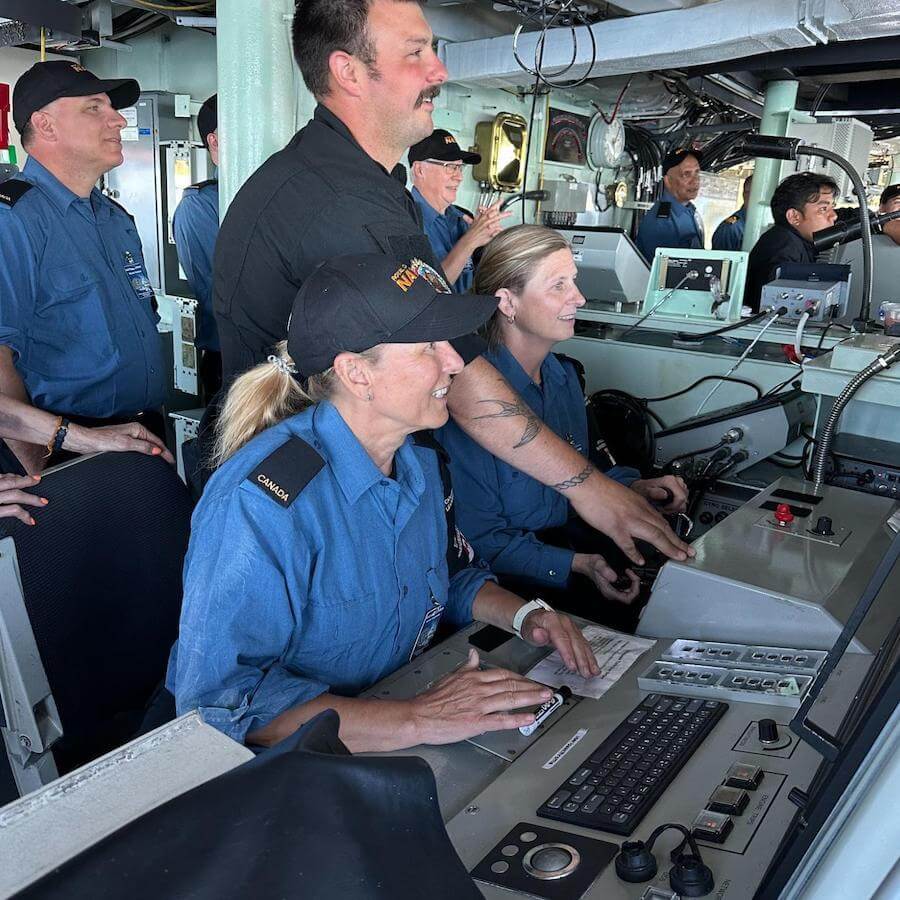
“Ready, Aye, Ready”: The sailors of the RCN stand always ready to defend Canada and proudly safeguard its interests and values whether at home or abroad. (RCN Dec 16, 2021)
Last July, 230 Royal Canadian Navy sailors and officers welcomed 14 Canadian Leaders at Sea (CLaS’23) aboard the HMCS Winnipeg. Having participted in this rare and exciting opportunity to learn first-hand about life in the Navy, I am in awe of the commitment and talent of the women and men who serve our country.
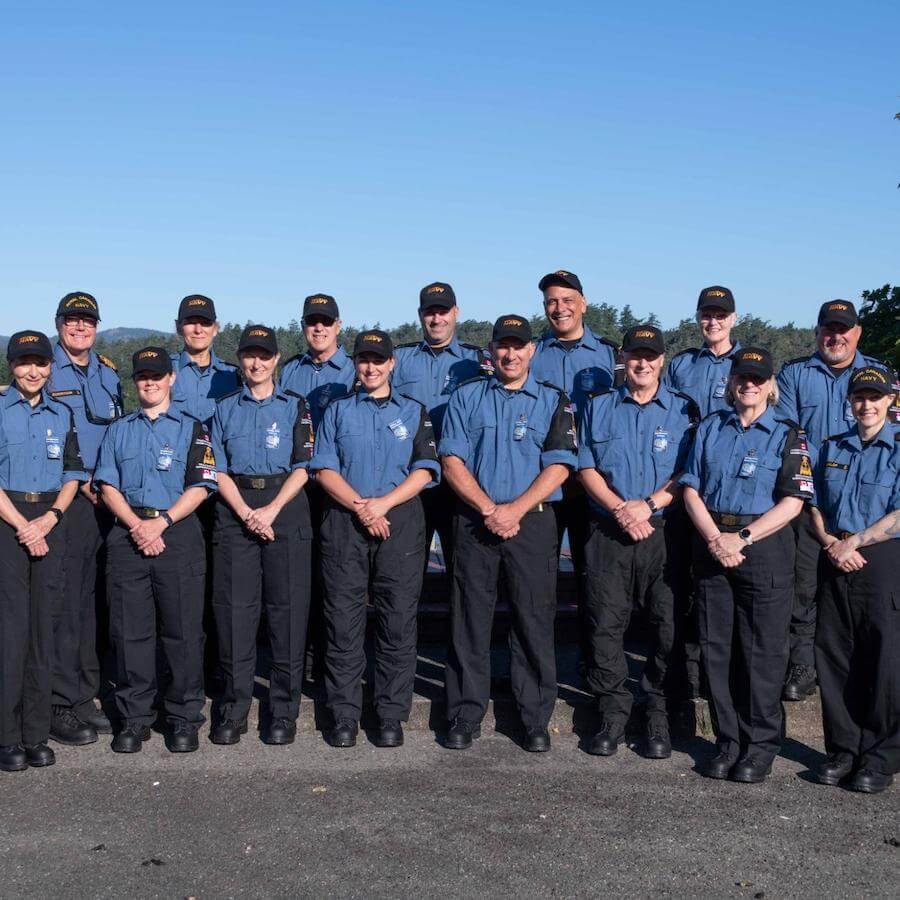
In our first briefing, prior to boarding the Winnipeg, we learned the purpose and mission of the RCN, which has traditionally served three roles: Constabulary, Military and Diplomatic.
In the role of constabulary, our Navy works with the Coast Guard in preserving law and order and performing search and rescue in our territorial waters. While on military duty, navigation on the high seas and providing deterrence against piracy–often as part of a multinational naval task force–are the primary duties. Diplomatic service in the Navy serves to create contacts and networks for information and negotiations to achieve and advance Canadian interests.
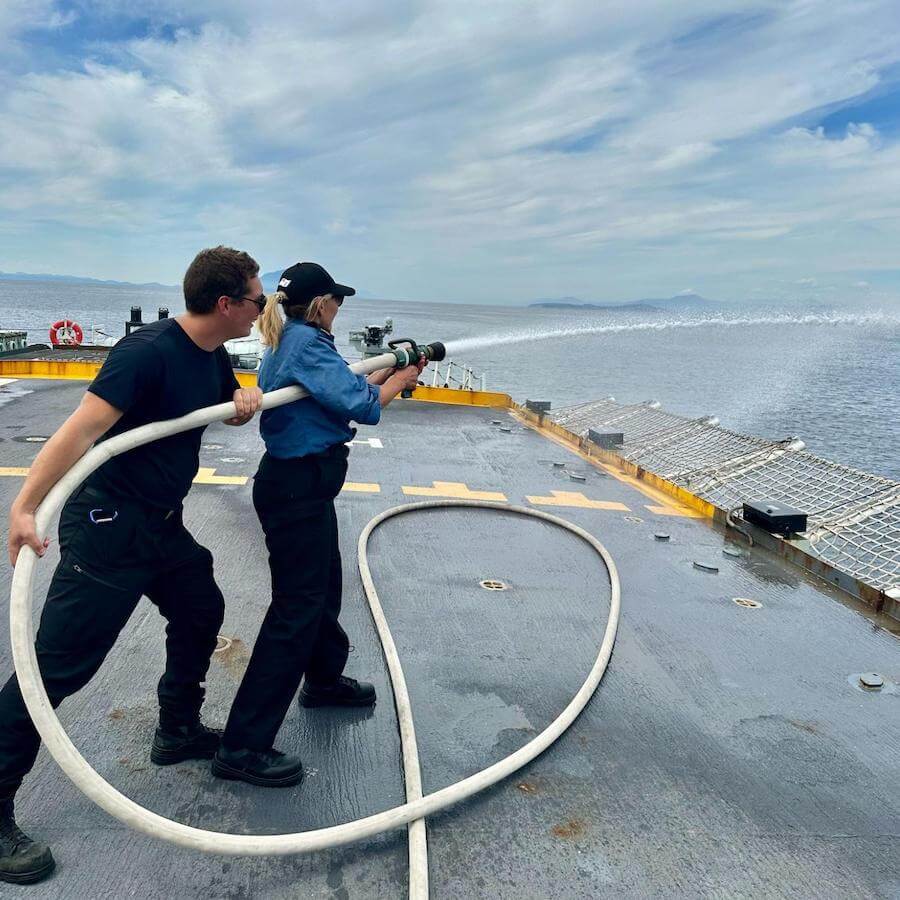
Thanks to Branksome Hall’s former Board Chair and past parent, RCN Honorary Captain Wendy Cecil, I was familiar with the CLaS opportunity. As an Order of Canada recipient and the former Chancellor of Victoria University in the University of Toronto, as well as former Chair of U of T’s Governing Council, Wendy understands service, discipline and commitment. I was proud to follow in her footsteps, embracing this opportunity as she had done in 2019. My cohort of CLaS’23 included accomplished leaders from academia, diplomatic services and provincial and municipal government.
Upon arrival at CFB Esquimalt, and following a briefing and an evening get-together with fellow CLaS-mates, we bunked down for the night. The next morning, while on our tour of the Esquimalt naval base, prior to boarding the Winnipeg, we quickly realized we were about to participate in an opportunity unlike anything we had ever experienced before.
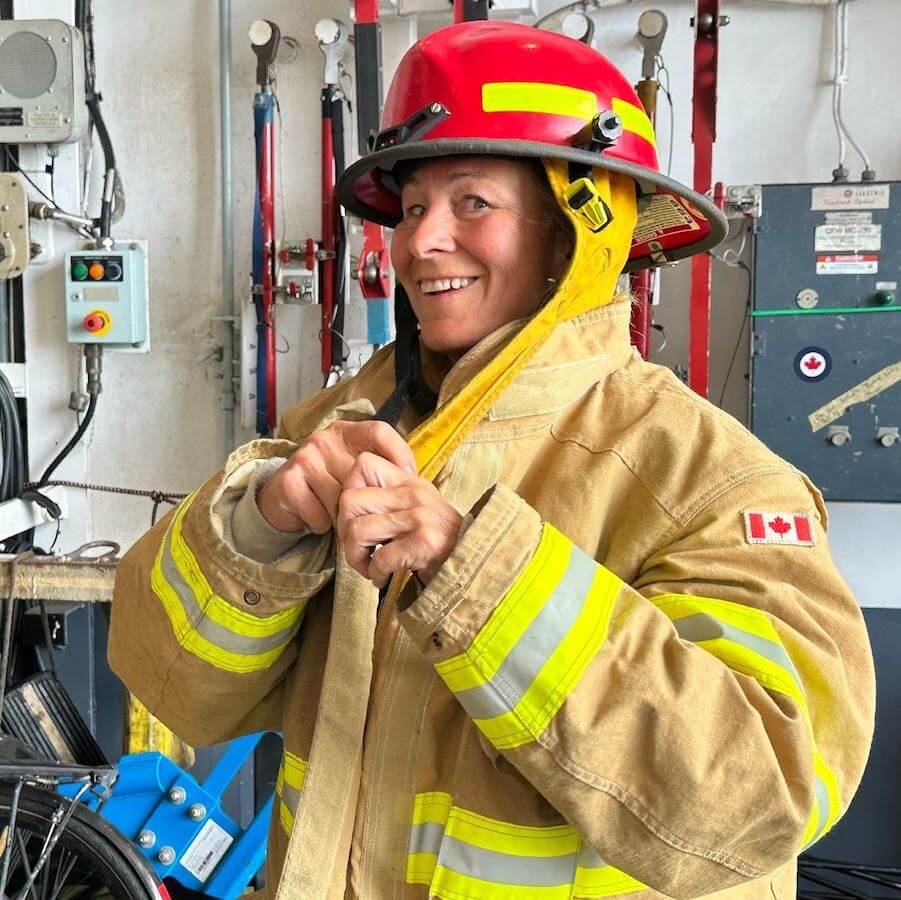
Departing from Esquimalt naval base, overlooking the Strait of Juan de Fuca, we navigated Howe Sound, steered the Winnipeg around Vancouver Island and marveled at the grandeur of the Pacific ocean.
Life at sea with the RCN is rigorous and busy. Wake-up is at 6:30 a.m. followed by a three- minute shower! You quickly learn to roll in and out of your bunk—they are low and stacked three high. Navigating your way around the Winnipeg entails climbing up or down stairwells, learning about navigation, firefighting and witnessing rescue at sea by Zodiac boat or helicopter.
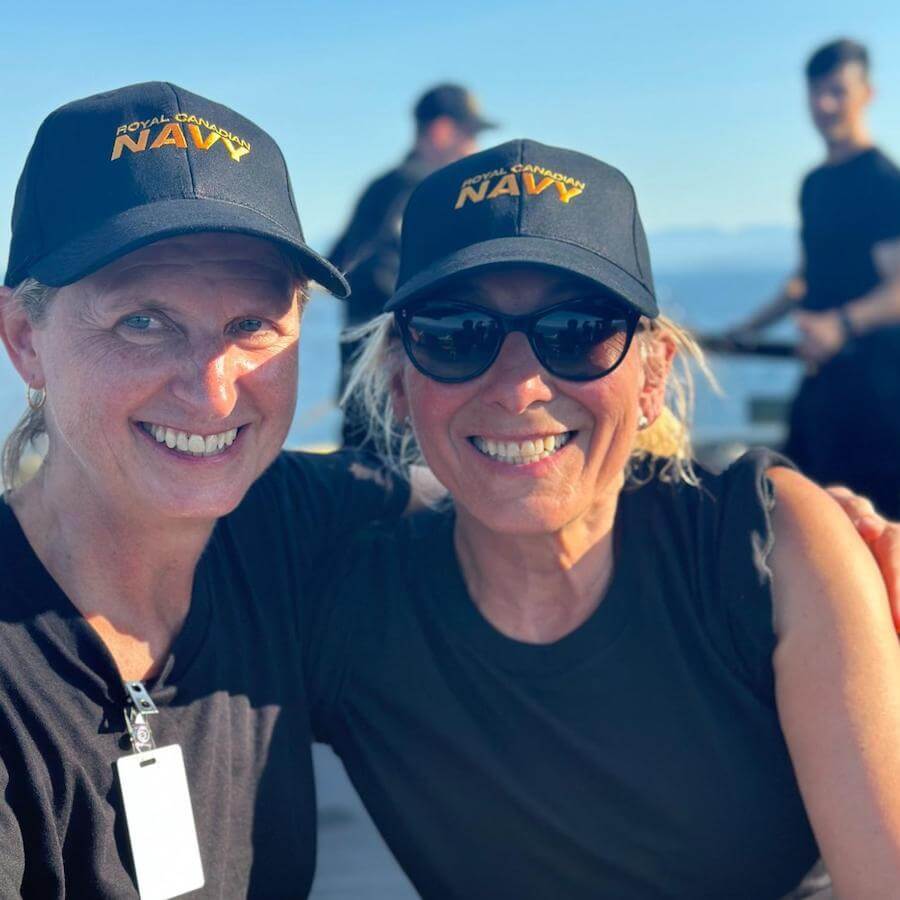
I was most inspired by the 230 naval officers and sailors. Collaboration, cooperation and preparedness are evident in every interaction. With only 20 per cent of those in the Navy identifying as female, women are disproportionately represented. However, as this number grows every year, it is important to put women and girls at the centre of the conversation and to create opportunities in spaces that are not historically female-centred. The more female civilians have the opportunity to speak with the Navy and learn about its value to their communities, the more they will be inspired to take part.
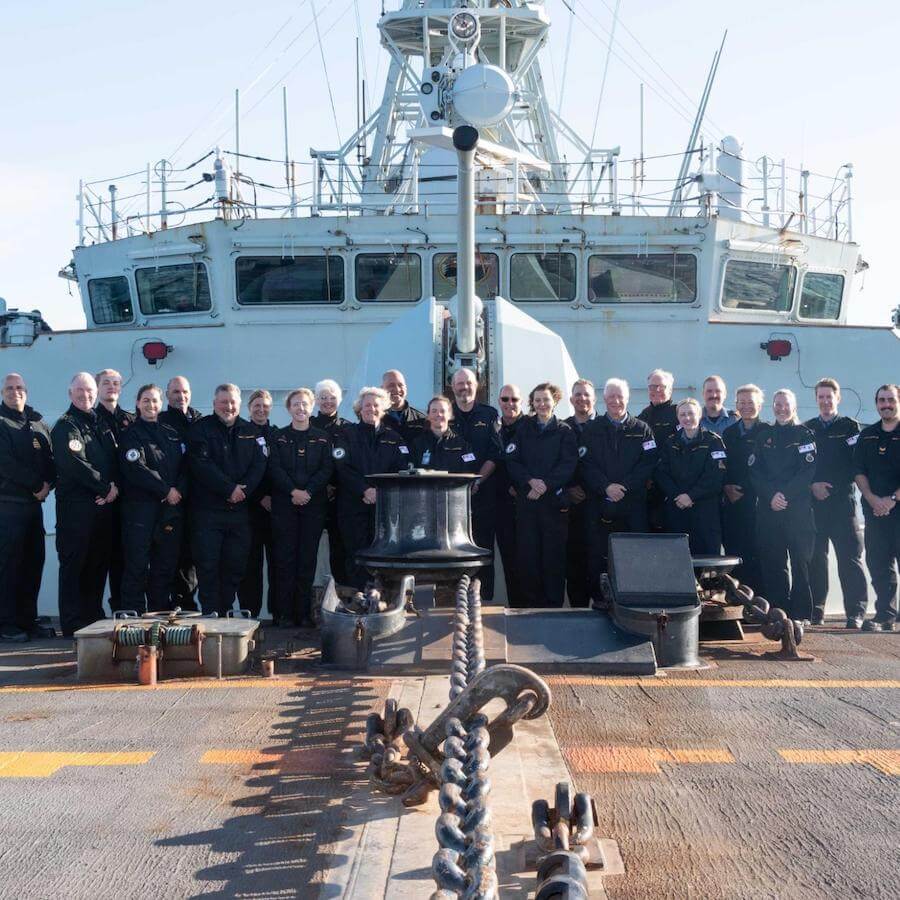
The Canadian Leaders at Sea experience reinforced for me that women can be part of any community or career opportunity they choose to embrace. I felt grounded in my role as one of 14 Canadian Leaders at Sea, interacting with the officers and sailors and contributing to conversations about strategy and the organization’s future.
The CLaS’23 are connected for life and are bonded by this unique experience. I consider us to be committed advocates of the Royal Canadian Navy and always “Ready, Aye, Ready.”
Learn more about the Canadian Leaders at Sea program here.







